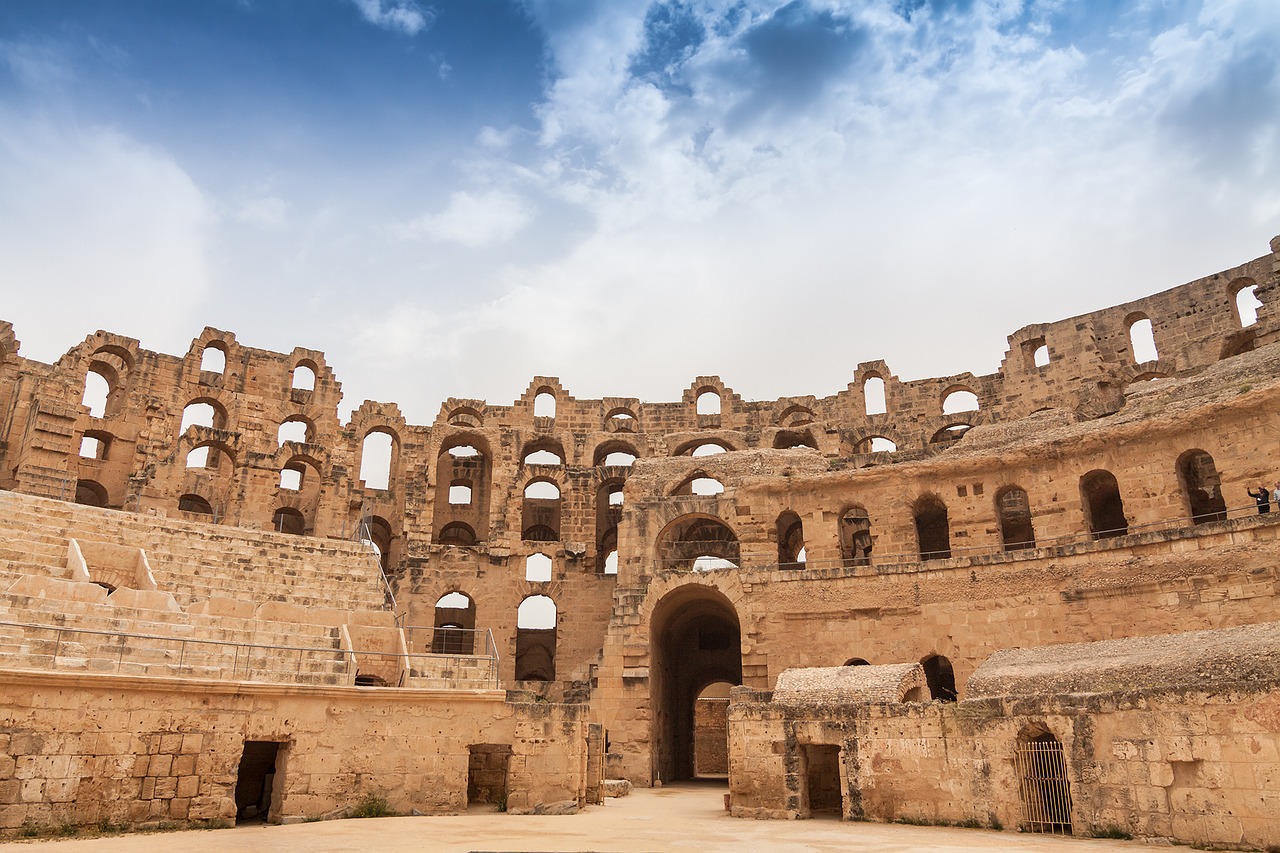The ancient Greeks decorated the walls of temples and palaces with frescoes. From ancient literary sources and from Roman copies of Greek art we can say that the Greeks painted small pictures and made mosaics. The names of Greek masters and a little of their life and work are known, although very little Greek painting survived the centuries and the effects of wars. The Greeks did not paint much in tombs, so their work was not protected.
Painted vases are all that remains of Greek painting today. Pottery making was a big industry in Greece, especially in Athens. Containers were in great demand, supplied for export, just like oil and honey, and for domestic purposes. The earliest vase paintings were in geometric figures and ornaments (1100-700 BC). Vases were also decorated with human figures in brown glaze on light clay. By the 6th century, vase artists often painted black human figures on natural red clay. The details were carved into the clay with a sharp tool. This allowed the red to show up in the depths of the relief.
The red-figure style eventually replaced the black style. That is, it was the other way around: the figures were red and the background was black. The advantage of this style was that the artist could use a brush to create outlines. The brush gave a looser line than the metal tool used in the black figure vases.
Roman wall paintings have been found mainly in villas (country houses) in Pompeii and Herculaneum. In 79 A.D. these two cities were completely buried by the eruption of the volcano Vesuvius. Archaeologists who excavated the area were able to learn much about ancient Roman life from these cities. Almost every house and villa in Pompeii had paintings on the walls. Roman painters carefully prepared the surface of the wall by applying a mixture of marble dust and plaster. They polished the surfaces to the quality of a marble coating. Many of the paintings are copies of Greek paintings from the fourth century B.C. The graceful poses of the figures painted on the walls of the Villa Mysterium in Pompeii inspired eighteenth-century artists when the city was excavated.
The Greeks and Romans also painted portraits. A small number of them, mostly portraits of mummies made in the Greek style by Egyptian artists, have survived around Alexandria, in northern Egypt. Founded in the fourth century B.C. by Alexander the Great of Greece, Alexandria became a leading center of Greek and Roman culture. Portraits were painted in the technique of encaustic painting on wood and were installed as a mummy after the death of the person depicted. Encaustic paintings, made in paint mixed with melted beeswax, are preserved for a very long time. Indeed, these portraits still look fresh, even though they were made as early as the second century B.C.
